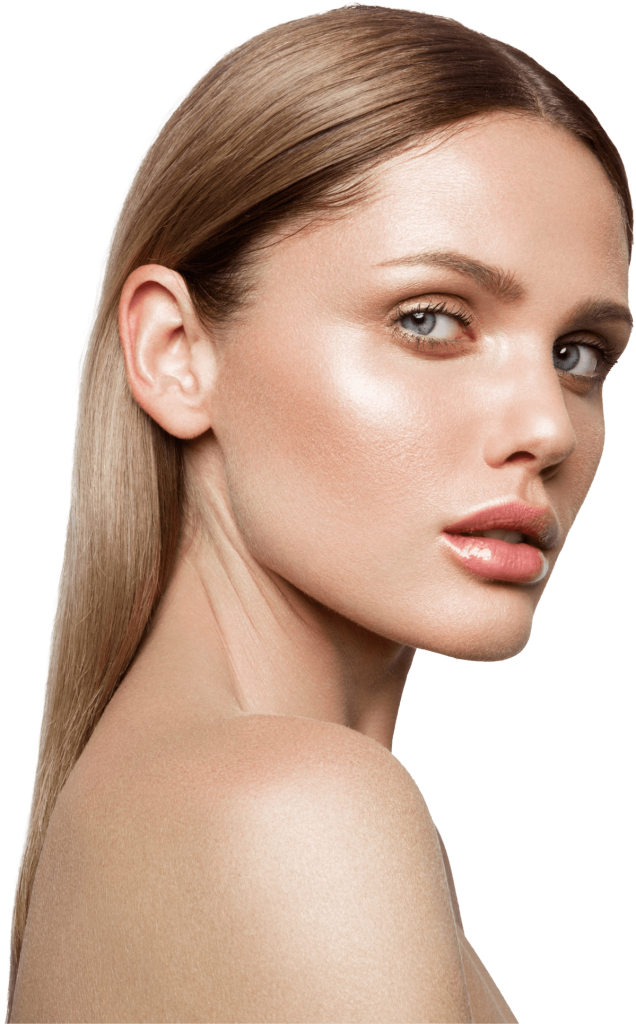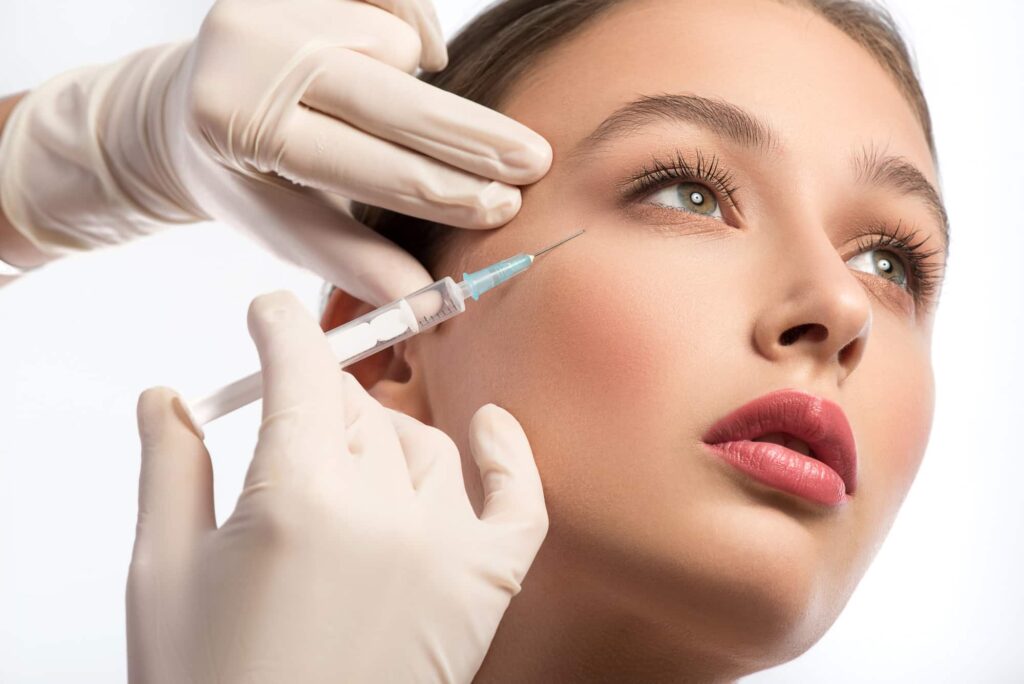Our Montreal clinic specializes in advanced dermal fillers to refresh your look and restore lost facial volume. Our expert medical team is committed to providing personalized care through injectable treatments that deliver a natural beauty enhancement. Learn how our filler treatments can improve your skin’s appearance and address common aging concerns.


Our dermal filler options address a variety of aesthetic concerns, offering rejuvenation across multiple areas of the face. These treatments provide subtle enhancements while maintaining natural beauty.

Dermal fillers for the cheeks restore volume loss, enhancing facial contours for a more youthful and lifted appearance.

Our facial fillers are ideal for adding volume and definition to the lips, creating a fuller, more defined look that complements your natural contours.

Fillers soften deep lines and smile lines around the mouth, such as nasolabial folds, resulting in a smoother facial appearance.

For those with under-eye dark circles and hollows, Tear trough treatments with Injectable fillers can refresh the eyes and improve the overall facial appearance.

Our dermal filler procedure targets static wrinkles, like those on the forehead and chin, offering smoothness even when your facial muscles are at rest.

Dermal fillers can effectively reduce marionette lines, the vertical lines that run from the corners of the mouth to the chin, lifting the lower face for a youthful appearance.

Understanding the difference between Botox and hyaluronic acid fillers is key when determining which option best suits your needs. Botox works by relaxing facial muscles to reduce dynamic wrinkles, while hyaluronic acid fillers restore collagen and volume to smooth out static wrinkles. Both treatments have their place depending on your desired facial appearance.
Injectable fillers are generally safe, but potential risks include mild swelling, bruising, and more serious complications. It’s essential to understand the entire process and discuss any potential side effects with your medical professional. You will find potential risks of dermal fillers below.

Radiesse injections add volume and stimulate collagen production, making them ideal for enhancing facial contours and treating deep wrinkles in areas like the cheeks, jawline, and hands. This long-lasting filler not only provides immediate volume but also helps improve skin elasticity over time, delivering a youthful and lifted appearance.
Sculptra injections stimulate collagen for gradual volume restoration, best for subtle rejuvenation in hollowed areas of the face, such as the temples and cheeks. Unlike other fillers that provide immediate results, Sculptra works over time to restore lost facial volume, offering a more natural and long-lasting improvement in skin texture and firmness.
Juvederm injections provide instant volume with hyaluronic acid, perfect for plumping lips, defining cheekbones, and smoothing lines around the mouth and nose. Known for its soft, natural feel, Juvederm offers a wide range of formulations tailored for different areas of the face, ensuring smooth and youthful-looking results that can last up to a year or more.
Restylane injections add natural-looking volume, commonly used for lips, cheeks, and under-eye hollows. This versatile filler effectively smooths wrinkles and enhances facial definition while maintaining flexibility for natural facial expressions. Restylane’s innovative formula also includes options specifically designed for lip augmentation, tear trough correction, and overall facial balancing.
If you’re searching for “dermal fillers near me”, Botox Montreal is your go-to destination for natural, long-lasting results. Our expert team offers safe, effective treatments to restore volume, smooth fine lines, and enhance your features with minimal downtime. Book your consultation today!

Hyaluronic acid is a naturally occurring substance found in the human body, particularly in the skin, connective tissues, and eyes. Its primary function is to retain moisture, helping to keep skin hydrated, plump, and healthy. In dermal fillers, hyaluronic acid is used to restore volume, smooth wrinkles, and enhance facial contours by attracting and holding water in the skin. .
The effects of hyaluronic acid fillers are temporary, typically lasting between 6 to 18 months, as the body gradually absorbs the filler over time. In the rare case of dissatisfaction with the results, hyaluronic acid fillers can be dissolved using an enzyme called hyaluronidase.
The cost of dermal fillers varies based on the treatment area, the type of filler used, and the expertise of the medical professional. Most procedures are priced per syringe, with each session typically using one to two syringes. Follow-up treatments may be needed to maintain results over several months.
Choosing between cosmetic fillers and surgery depends on your aesthetic goals. Dermal fillers offer a non-invasive option to restore facial volume, smooth wrinkles, and enhance natural contours with minimal downtime. Unlike surgical procedures, which require longer recovery and have higher risks, injectable fillers allow you to resume normal activities quickly. Fillers also stimulate natural collagen production, providing a youthful appearance for several months.
Surgery may be more suitable for long-term, dramatic results, but it involves more downtime and potential complications. A consultation with a medical professional can help determine whether fillers or surgery is the best option based on your skin type and desired outcome.
The longevity of soft tissue fillers, including hyaluronic acid fillers, depends on several factors such as the type of filler used, the treatment area, and individual metabolism. Generally, facial fillers like those for smile lines, and tear trough treatments last between 6 to 18 months. Over time, the human body absorbs the filler, leading to a gradual loss of volume. Regular touch-ups may be necessary to maintain results.
After your initial consultation, your medical team will create a personalized treatment plan based on your needs and skin type, ensuring you achieve a natural appearance with minimal downtime from daily activities.
Dermal fillers, including hyaluronic acid fillers, are generally safe for most skin types when administered by an experienced cosmetic surgeon or medical team. However, those with specific medical conditions, like severe allergies or a history of cold sores, should disclose this during their initial consultation. Potential side effects may include temporary redness, minor swelling, or the risk of infection, but these are typically mild and managed with ice packs and topical anesthetic like numbing cream. After the treatment process, patients can return to daily activities with minimal disruption, although avoiding strenuous activities for a short period is advised.
Most hyaluronic acid fillers can be reversed using an enzyme called hyaluronidase, which breaks down the filler material if needed. Other types of fillers may not be reversible, so it’s essential to discuss your options with your provider.